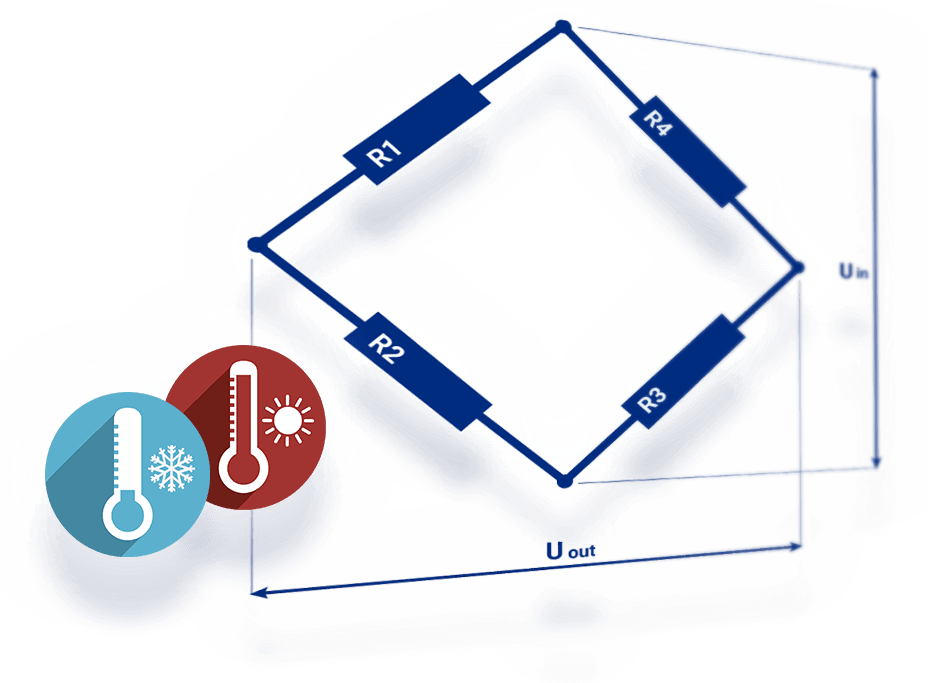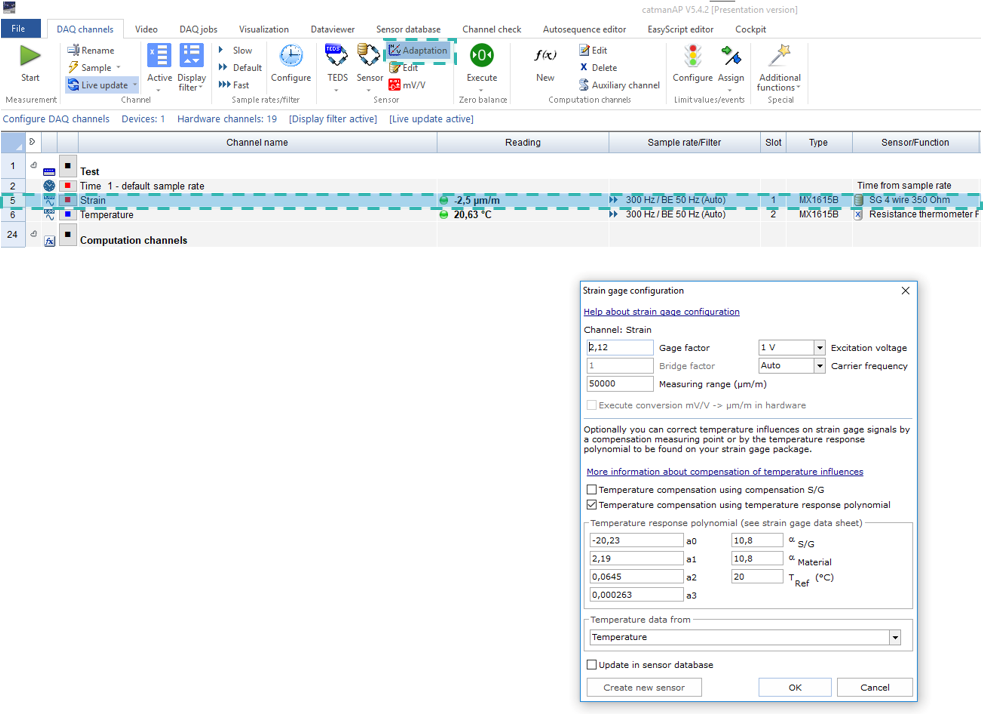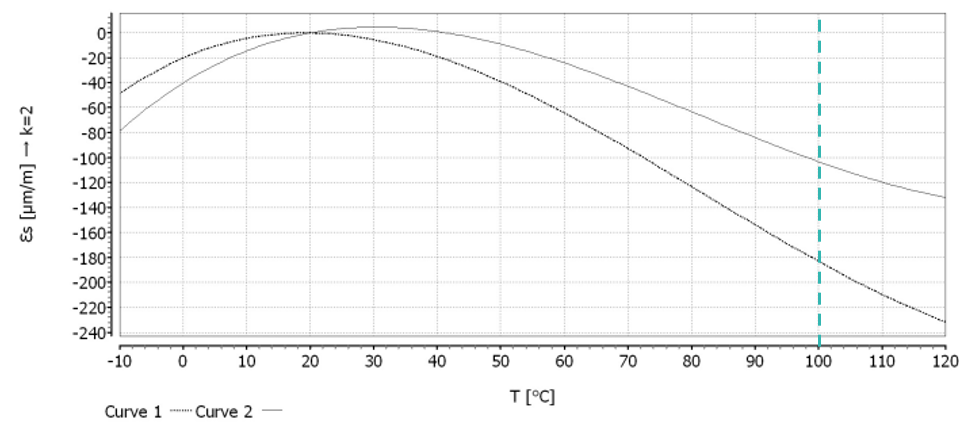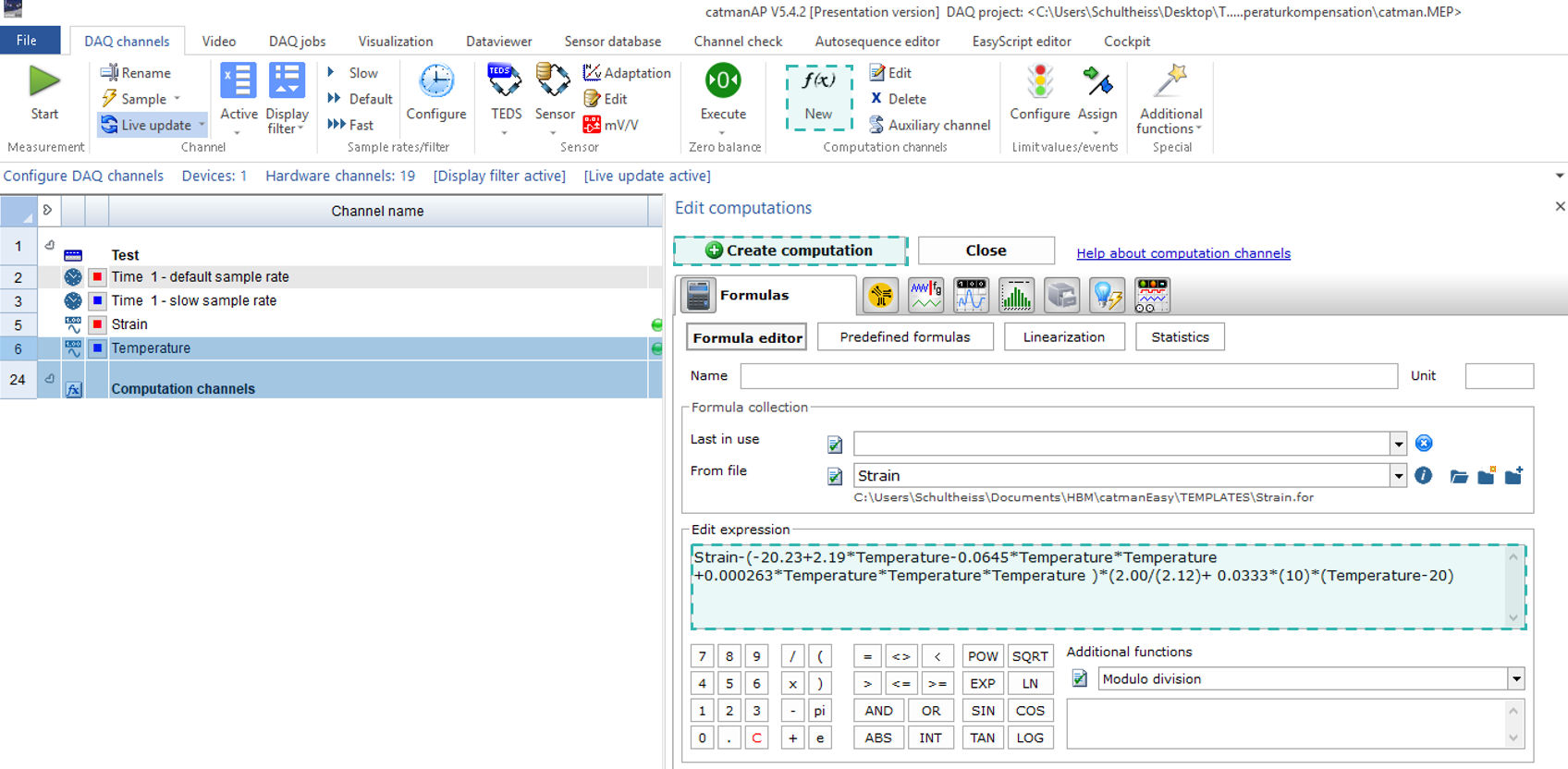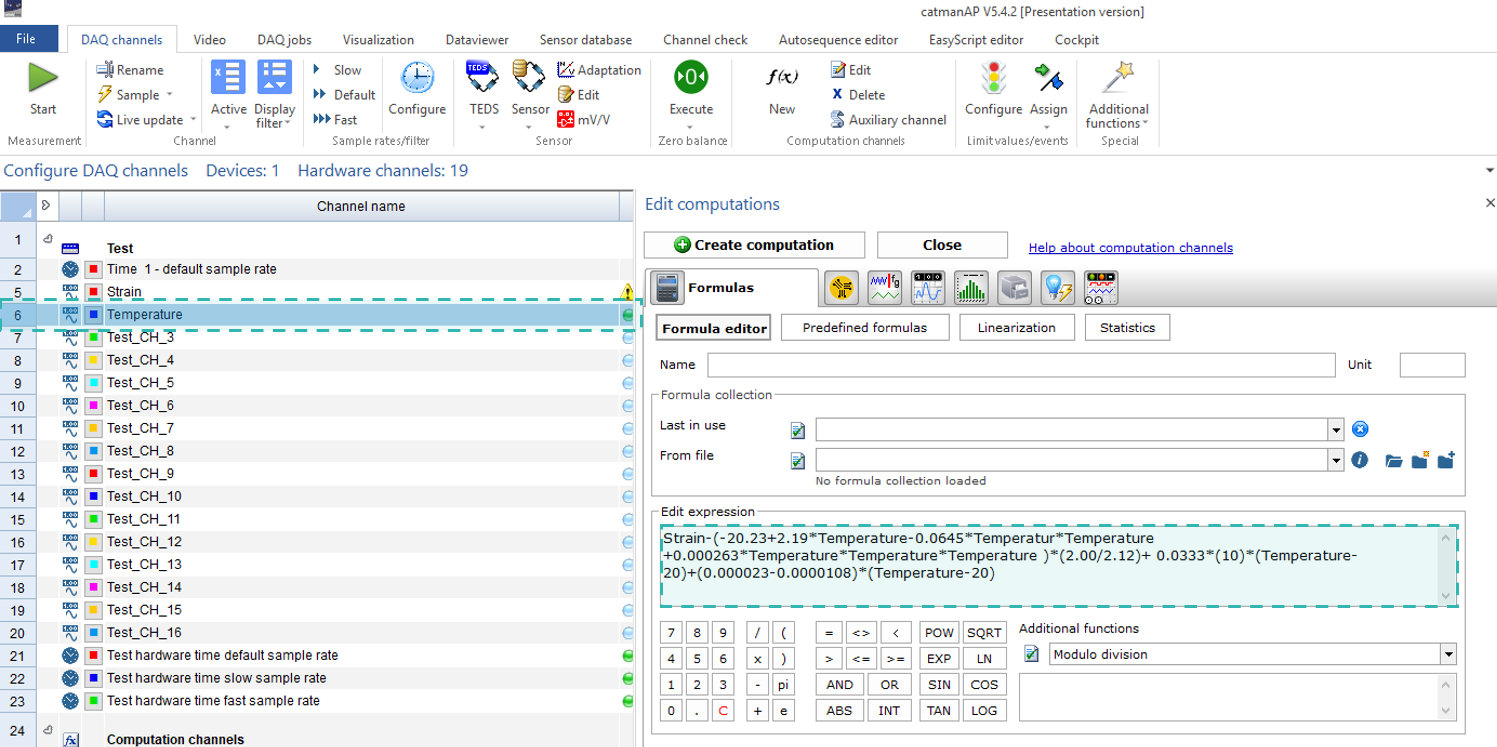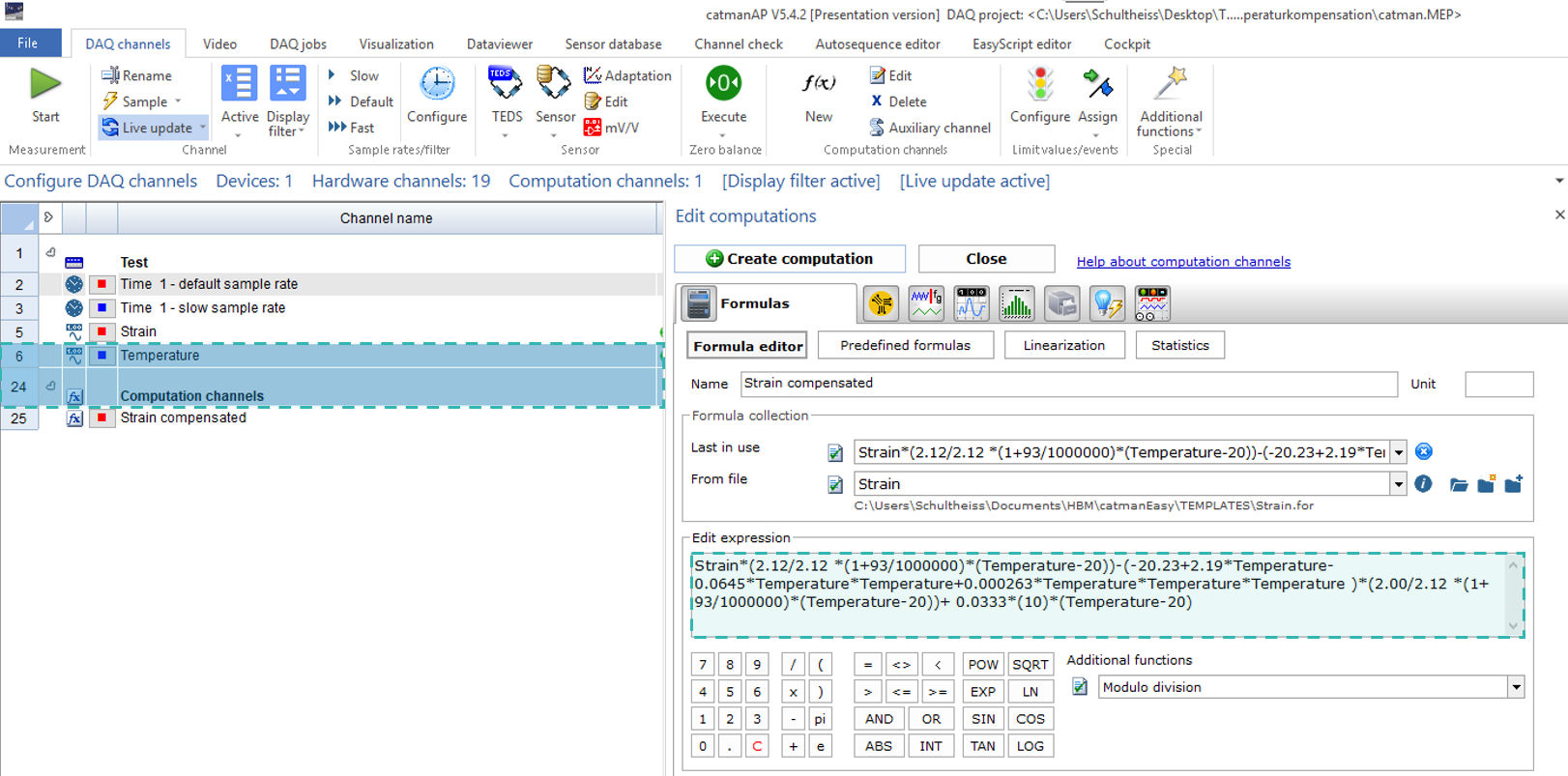
arrow_back_ios
Main Menu
arrow_back_ios
Main Menu
- High Precision and Calibration Systems
- 機械的・構造的DAQシステム
- 音と振動DAQシステム
- 産業用電子機器
- 電気式パワーアナライザ
- S&V ハンドヘルドデバイス
- 機械的・構造的DAQシステム
- ワイヤレスDAQシステム
- DAQ
- Drivers API
- nCode - Durability and Fatigue Analysis
- ReliaSoft - Reliability Analysis and Management
- Test Data Management
- Utility
- Vibration Control
- Inertial Sensor Software
- 音響トランスデューサ
- 電流電圧センサ
- 変位センサ
- 力センサ
- 慣性センサー
- ロードセル
- マルチコンポーネントセンサ
- 圧力センサ
- ひずみゲージ
- 温度センサ
- チルトセンサ
- トルクセンサ
- 振動トランスデューサ
- Temperature
- 測定加振器
- IO-Linkインターフェイスを備えたスマートセンサー
arrow_back_ios
Main Menu
- LAN-XI
- Fusion-LN
- CCLD ( IEPE )信号コンディショナ
- 充電信号コンディショナ
- マイク信号コンディショナ
- NEXUS
- マイクロフォン校正システム
- 振動トランスデューサ校正システム
- 騒音レベル計校正システム
- 信号コンディショナ用アクセサリ
- 校正システム用アクセサリ
- ReliaSoft BlockSim
- ReliaSoft Cloud
- ReliaSoft Lambda Predict
- ReliaSoft Product Suites
- ReliaSoft RCM++
- ReliaSoft XFMEA
- ReliaSoft XFRACAS
- ReliaSoft Weibull++
- Classical Shock
- Random
- Random-On-Random
- Shock Response Spectrum Synthesis
- Sine-On-Random
- Time Waveform Replication
- Vibration Control Software
- マイクロホンセット
- マイクロフォンカートリッジ
- リファレンスマイク
- 特殊マイク
- 音響材料テストキット
- 音響キャリブレーター
- ハイドロフォン
- マイクロスコーププリアンプ
- 音源
- 音響トランスデューサ用アクセサリ
- ピエゾ式 CCLD (IEPE) 加速度計
- ピエゾ式加速度計
- 光ファイバ式加速度計
- 力センサ
- ピエゾ式参照加速度計
- インパルスハンマー/インピーダンスヘッド
- タコメータプローブ
- 振動キャリブレーター
- ケーブル
- 振動トランスデューサ用アクセサリ
- Accessories
- Accessories
- Actuators
- Combustion Engines
- Durability
- eDrive
- Mobile Systems
- Production Testing Sensors
- Transmission Gearboxes
- Turbo Charger
arrow_back_ios
Main Menu
- G-Link-200
- G-Link-200-OEM
- SG-Link-200
- SG-Link-200-OEM
- V-Link-200
- RTD-Link-200
- TC-Link-200
- TC-Link-200-OEM
- マイクロフォンケーブル
- 三脚
- マイクロフォンブーム
- マイクアダプタ
- 静電アクチュエータ
- マイクロフォンウインドスクリーン
- ノーズコーン
- マイクホルダー
- 三脚
- 音響トランスデューサ用のその他のアクセサリ
- マイクロフォンの屋外用保護具
- 接着剤
- 保護コーティング
- クリーニング剤
- SG キット
- はんだ端子
- その他のひずみゲージアクセサリ
- ケーブル
- ゼロ点バランシング( ZeroPoint Balancing )
- TCS バランシング
- TC0 バランシング
- 音響ホログラフィ(Acoustic holography)
- 音響特性管理
- 水中音響範囲
- 風洞音響試験 – 航空宇宙
- 自動車の風洞試験
- ビームフォーミング(Beamforming)
- 飛行機騒音音源探査
- アコースティックカメラによるリアルタイム音源探査
- 音響インテンシティマッピング
- 球面ビームフォーミング(Spherical beamforming)
- 製品騒音測定
- 実稼働振動形状(ODS)解析
- 古典的モード解析
- 地上振動試験(GVT)
- 実稼働モード解析
- 構造ヘルスモニタリング
- 試験-FEA統合
- 衝撃応答スペクトル(SRS、Shock response spectrum)
- 構造力学システム



